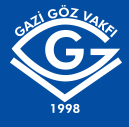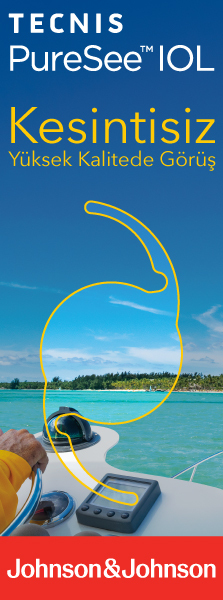2M.D., Ankara Training and Research Hospital, Eye Clinic, Ankara/TURKEY Purpose: To evaluate the anatomical and functional outcome of intravitreal ranibizumab injection in diabetic macular edema.
Materials and Methods: Thirty-four eyes of 28 patients treated with intravitreal ranibizumab for diabetic macular edema were retrospectively reviewed. Best corrected visual acuity (BCVA) determination, biomicroscopy, intraocular pressure, optical coherence tomography and fundus fluorescein angiography were performed before the treatment.
Results: Sixteen patients were female and 12 were male. The mean age was 56.6±7.6 years and the mean follow-up time was 9.4±5.6 months. Group 1 consisted of 18 eyes with macular edema which was treated primarily with intravitreal ranibizumab injection and Group 2 consisted of 16 eyes with macular edema that had failed to respond to previous laser photocoagulation and were treated with intravitreal ranibizumab injection. The mean number of injections was 2.1±0.9 in group 1 and 2.1±0.8 in group 2. The mean logMAR BCVA was 0.67±0.52 in group 1and 0.64 ±0.28 in group 2 before the injections. BCVA improved to 0.30±0.32 in group 1 and 0.62±0.44 in group 2. The difference between the BCVA before and the injections was statistically significant. (p=0.03 Mann-Whitney U test). There was a significant central foveal thickness reduction in both groups.
Conclusion: In the short term, the macular edema decreased and the visual acuity either improved or stabilized in the vast majority of patients with diabetic macular edema after intravitreal ranibizumab injection. Primary ranibizumab treatment seemed to be more efficient. Long-term studies with large case series are needed to determine the efficacy of this treatment.
Keywords : Diabetic macular edema, laser photocoagulation, intravitreal ranibizumab injection




